Anne de Carbuccia is a French – American environmental artist. Beginning with an expedition to Antarctica, she travels the globe documenting the evolution of the planet and human impact on the environment in this era of the Anthropocene. Born on Corsica, a mountain in the sea, she has always been drawn to the ocean around which she focuses much of her work. Anne’s primary project has been her series of “TimeShrines”, temporary installations created in symbolic environments that Anne photographs to create a permanent record.
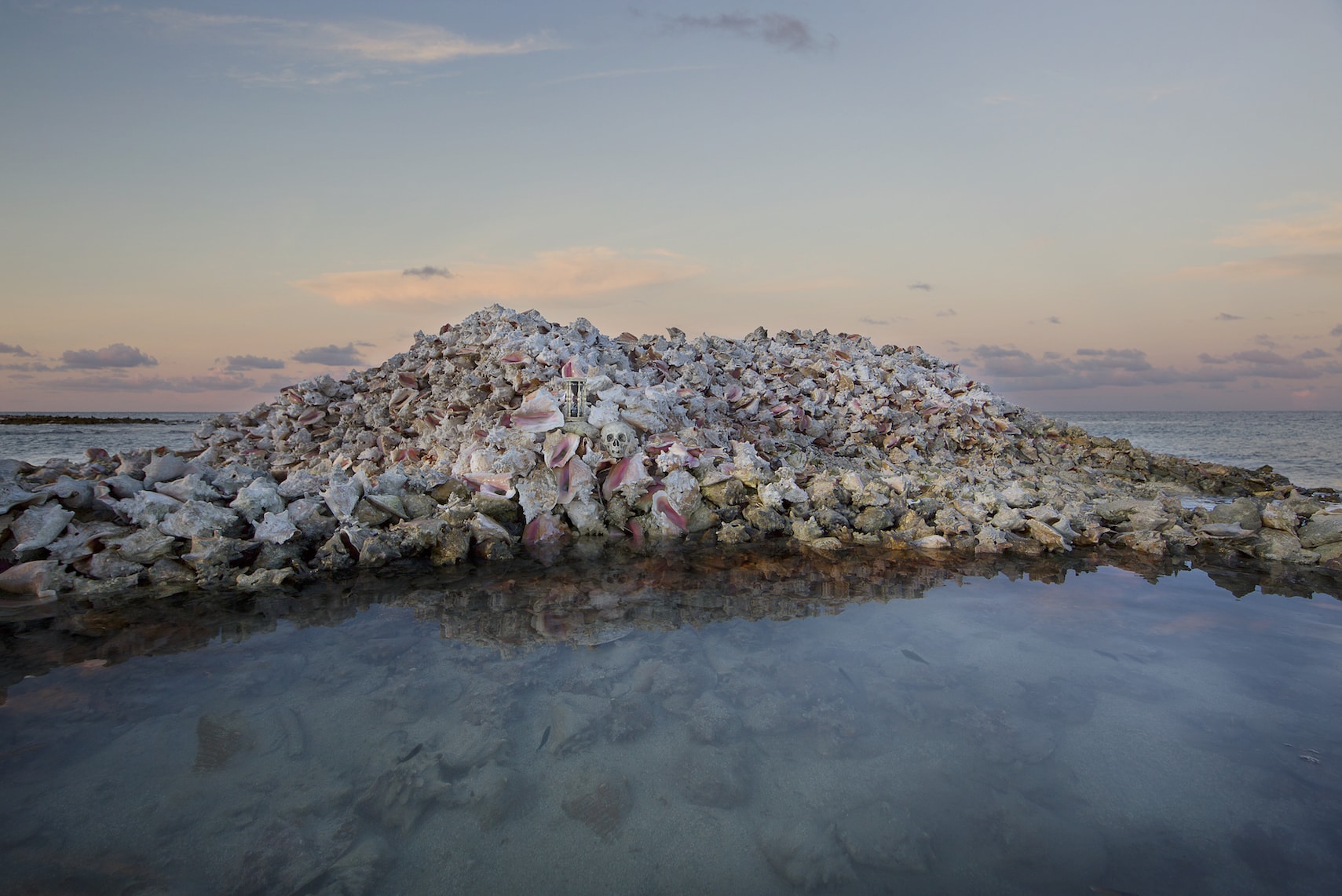
What about the ocean speaks to you as an artist? How did you find yourself focusing your energy and intention on marine conservation?
I am from Corsica, growing up with the ocean is like learning another language at a young age: it becomes an innate part of you. As an artist, I always recount or reexamine the world through a personal lens, so it was only natural that I would include the ocean. The ocean speaks to me because I’ve seen firsthand how trash has become an inseparable part of any ocean landscape I swim in. Every expedition, I see a more and more depleted version of the underwater world. If you don’t accept a certain change, you have to act against it.
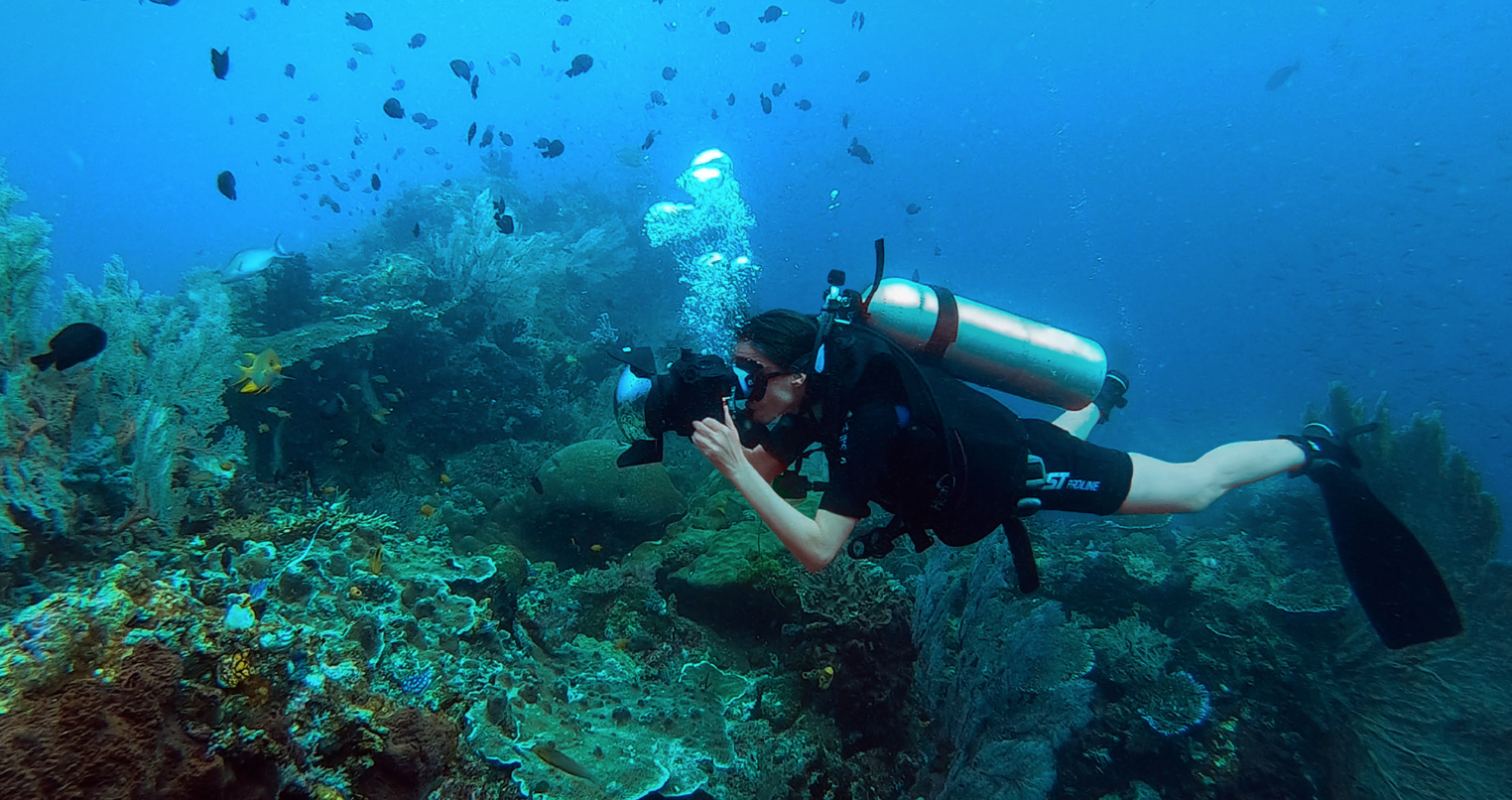
Can you say a few words about your “time shrines” and the symbolism of that series?
I create installations in every photograph called TimeShrines to honor and capture the beauty that is vanishing. I include two objects essential to my TimeShrines: an hourglass, which is the most ancient way of calculating time and a symbol of fleeting existence, and a skull (or vanity as it used to be called). The skull is a mystical object which reminds us that as mortals, we have choices to make. We can choose between a constructive and positive life, or a superficial, vain life; hence the symbolism of the vanity.
I create these unique shrines to ensure we understand the decisions we are faced with for the world of tomorrow. To complete each TimeShrine, I also incorporate elements from the natural and human environment on site, each carefully collected for their special meaning.
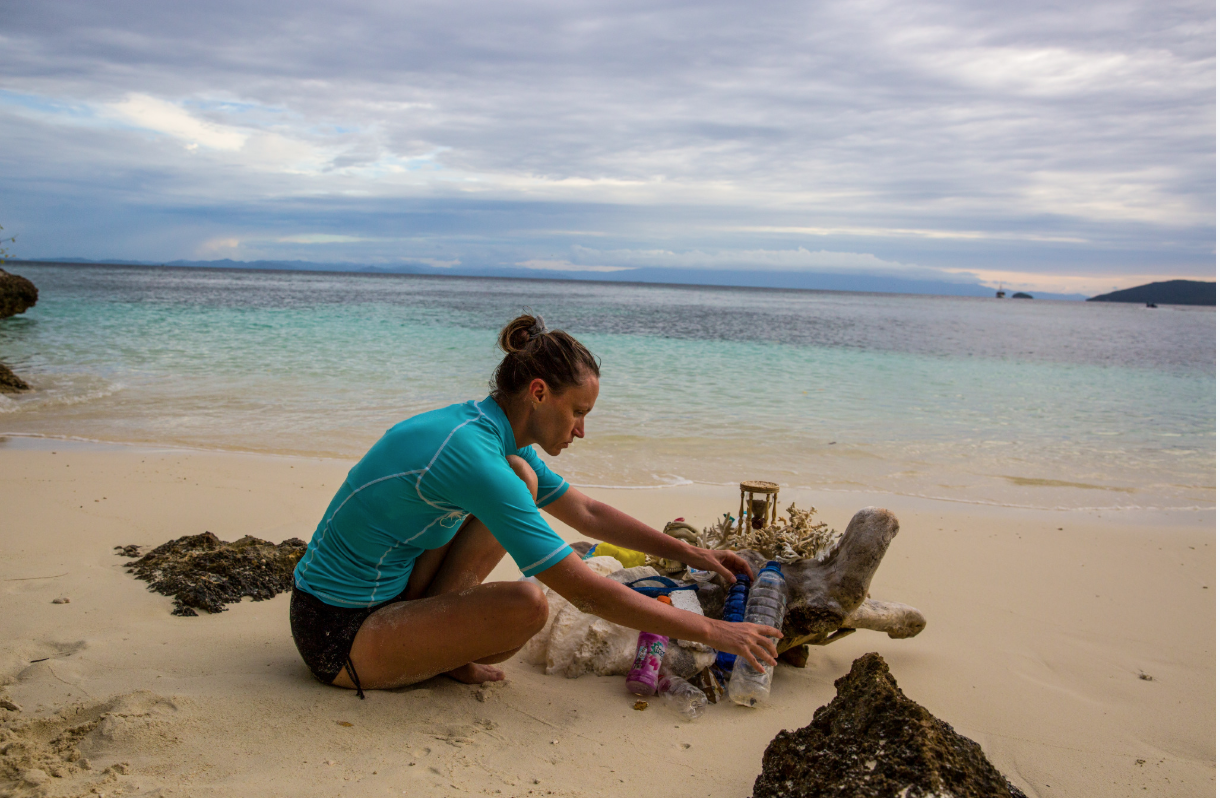
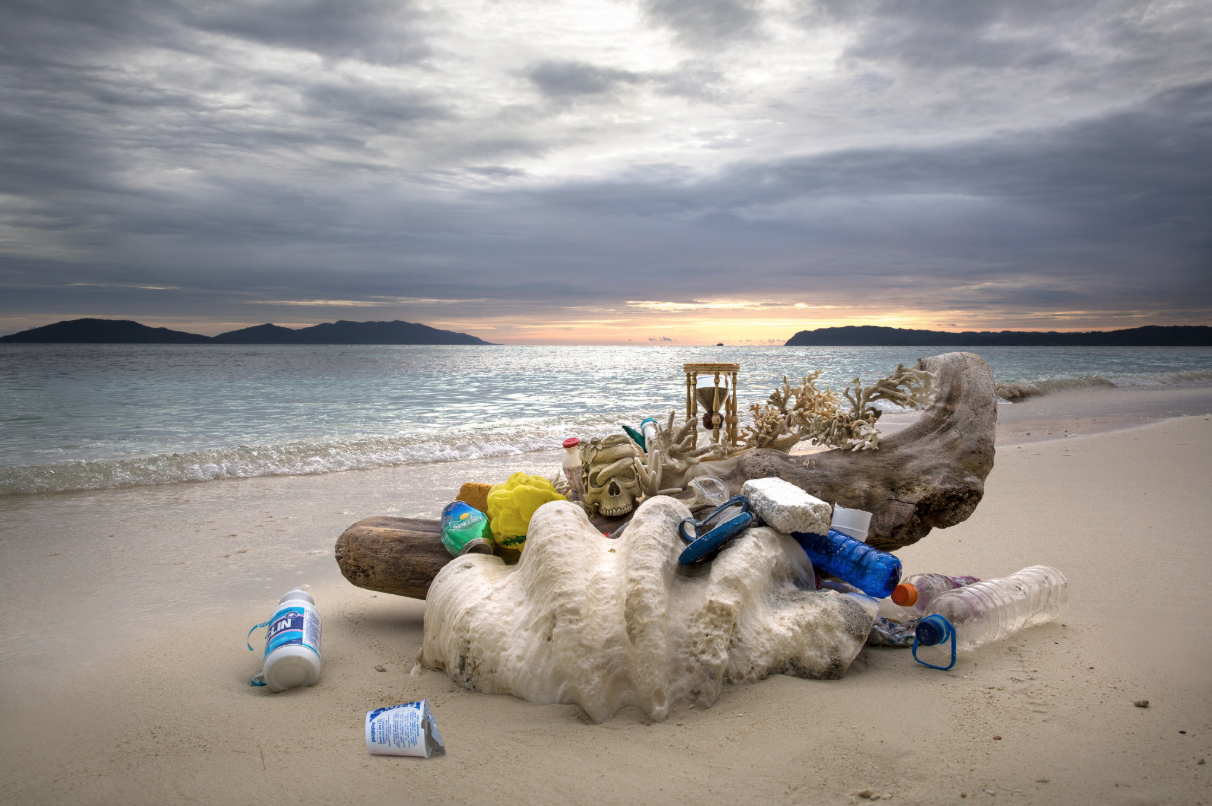
What is your view on the role of art in activism? How do you think as a movement we can better find an intersection between the two?
I think art has been a way of passing on messages and protesting (discreetly or indiscreetly) for a very, very long time. Artists have channeled social, political and cultural changes ever since we have lived in socially-interactive communities. Actually I believe artists have a responsibility towards their society, especially in transitional eras.
The intersection is the artistic creation of the content. Art helps to visually represent the challenges and issues that need to be addressed.

You visit the ends of the Earth and capture images people hardly believe are real. In your words, you aim to “seduce” people into falling in love with our planet to spark a commitment to sustainability. How do you think your work impacts people on an emotional level and how do you hope to engage a broader audience?
Yes my work is not created to please you, but I do want to seduce you! I am artistically documenting what we have, what we are about to lose and what we have already lost. We are living in an era where there is not much time left to decide what we want for the world of tomorrow. Today, I believe it’s important to have something to say, but it’s even more important to say something that people want to listen to. You may or may not like my work but it shouldn’t leave you indifferent. Through the aesthetic, I want to draw the audience in so they can emotionally listen to the story and the message behind the images. I am always trying to find the keys to people’s hearts.
One of the best ways to engage a broader audience today is through film. I just had an exhibition, One Planet One Future, in Naples for three months and over 90,000 people came to see it: the show was incredible but with film you can reach that many people in just one day or less!
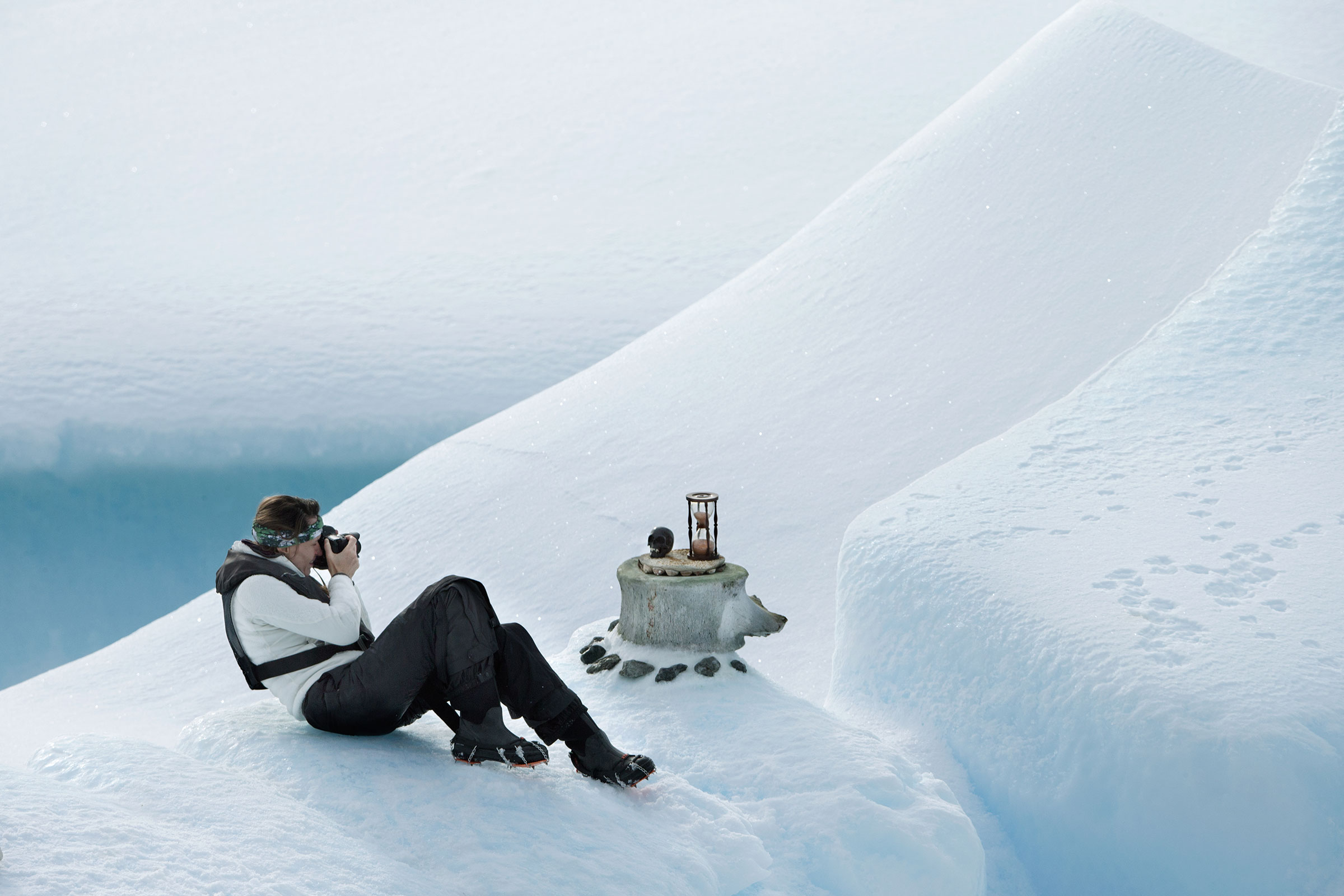
Can you tell us more about your short film,
One Ocean,
and the motivation behind its conception?
Our planet is the blue planet, so it made sense to start my first film chapter with
One Ocean
. Besides the atmosphere, the ocean is what connects our planet; it is just one ocean. It will therefore be the most at risk in this new geological era, the Anthropocene. In
One Ocean
, I show that global warming, the burning forests in Siberia, and the massive consumption of single-use plastic all have direct and dire consequences for the ocean. I want to show the audience that it is all interconnected – One Ocean, One Planet and One Future.
I want to take viewers on a journey and inspire them. I want to make people realize that each and everyone of us can become a positive geologic force. Our daily thoughts and actions do affect the planet as a whole, and that is empowering. It means that if we choose to, we can change the future of the planet overnight.
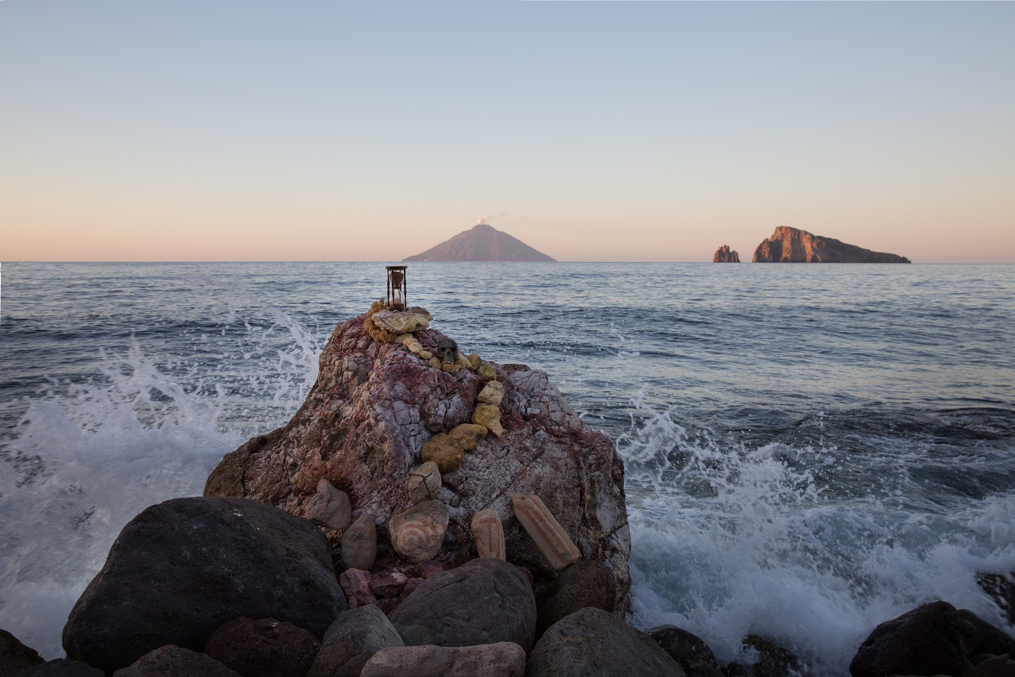
Check out more of her work at the sites below!
Website: www.oneplanetonefuture.org/
Vimeo: @annedecarbuccia
Instagram: @oneplanetonefuture; @annedecarbuccia
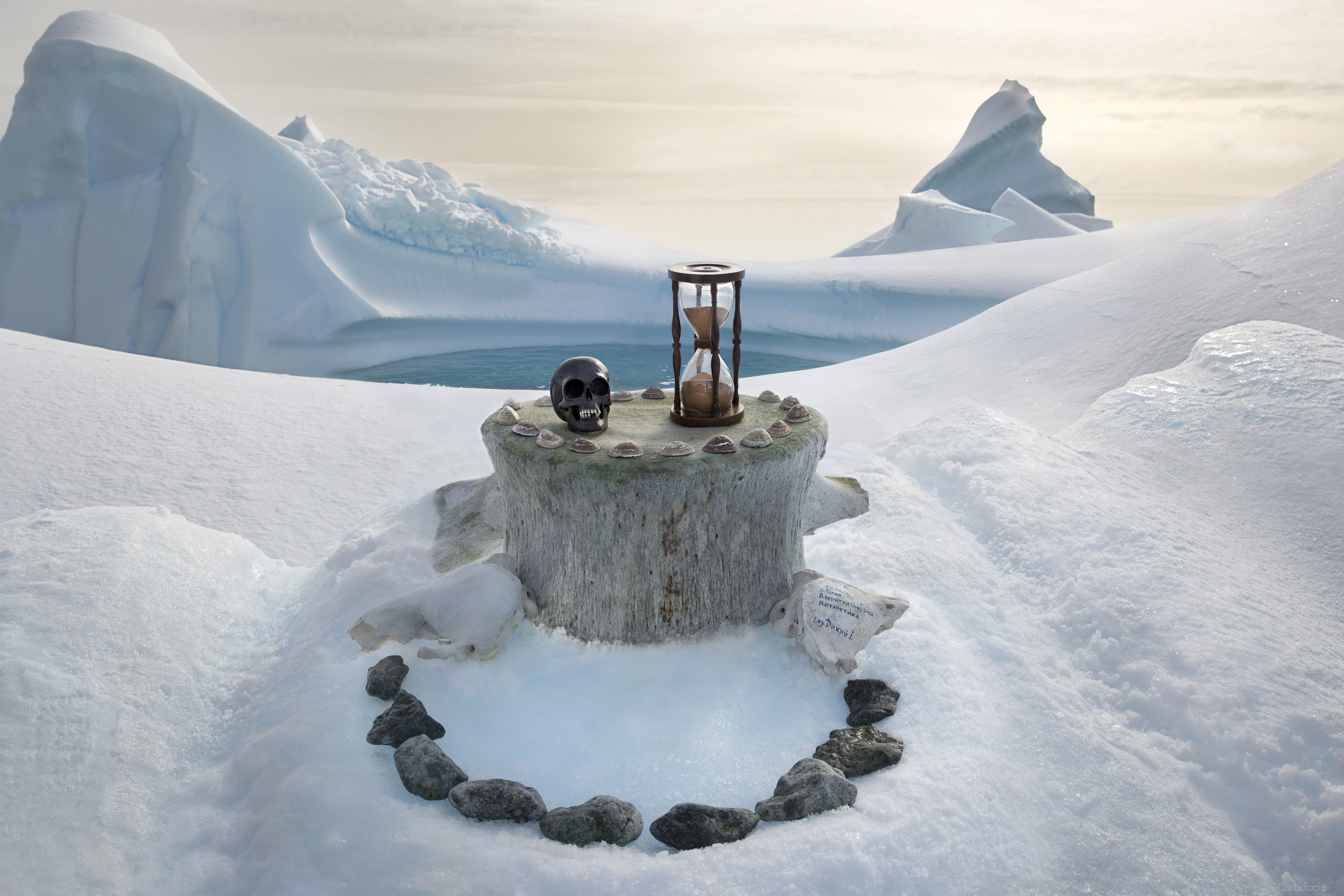
Author: Cassia Patel
Vimeo: @annedecarbuccia
Instagram: @oneplanetonefuture; @annedecarbuccia

Author: Cassia Patel

